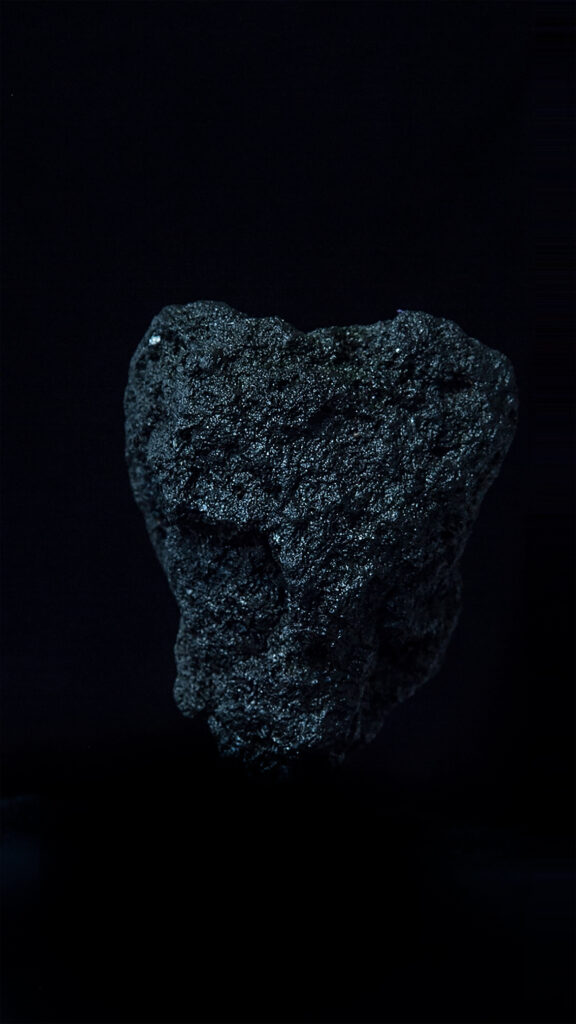
"Does time cause gravity?"
The researchers at DESY investigate the structure, dynamics and function of matter in four research areas: Accelerators, Research with Photons, Particle Physics and Astroparticle Physics.
In conversations with scientists, we discuss Albert Einstein's general theory of relativity, which states that where gravity is stronger, time passes more slowly – a phenomenon called time dilation. So gravity is stronger closer to the center of the earth, which also means that time should pass more slowly closer to the ground. I am further told that, according to Einstein, gravity is also caused by a deformation of space and time ...
»Acceleration«
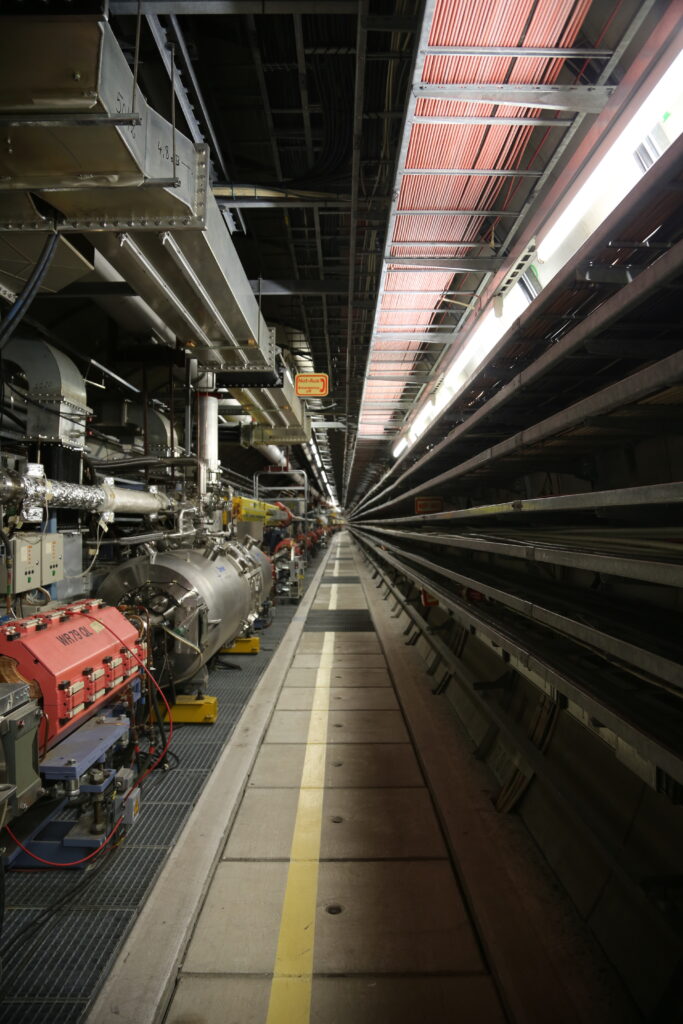
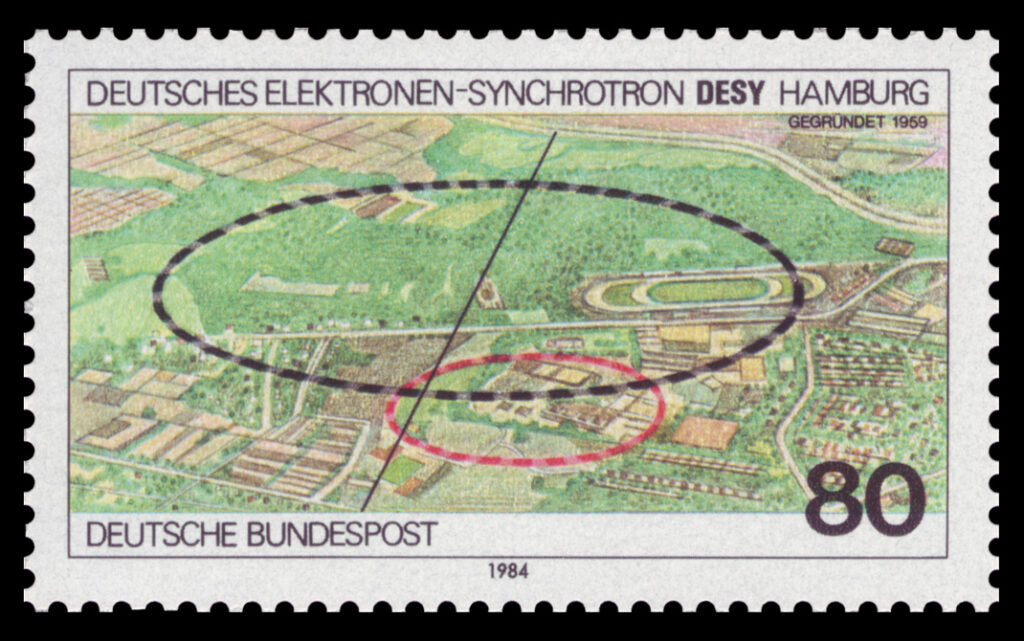
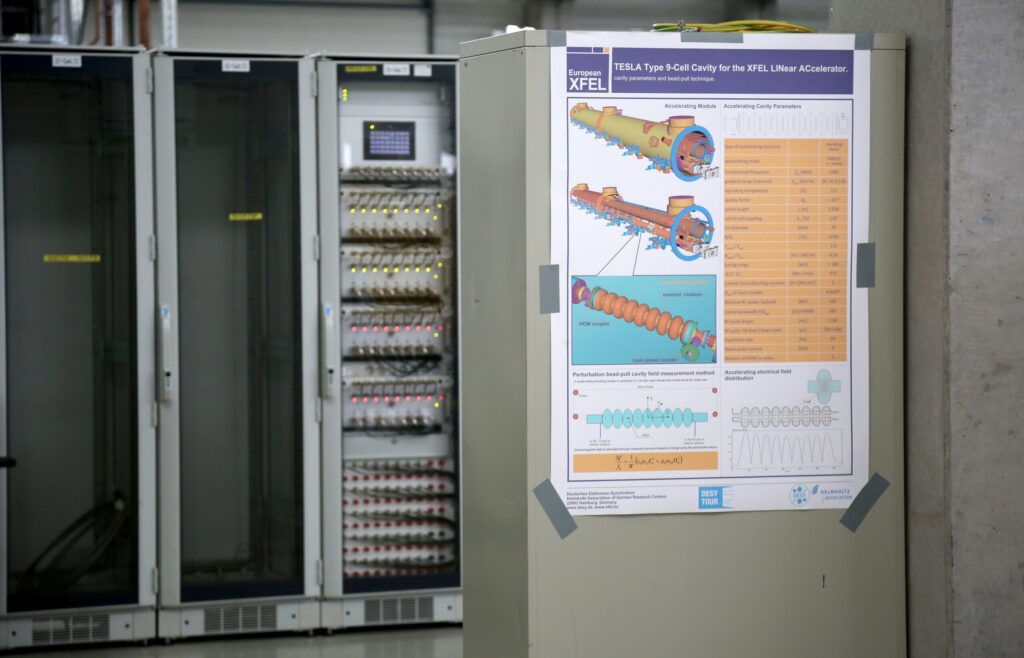
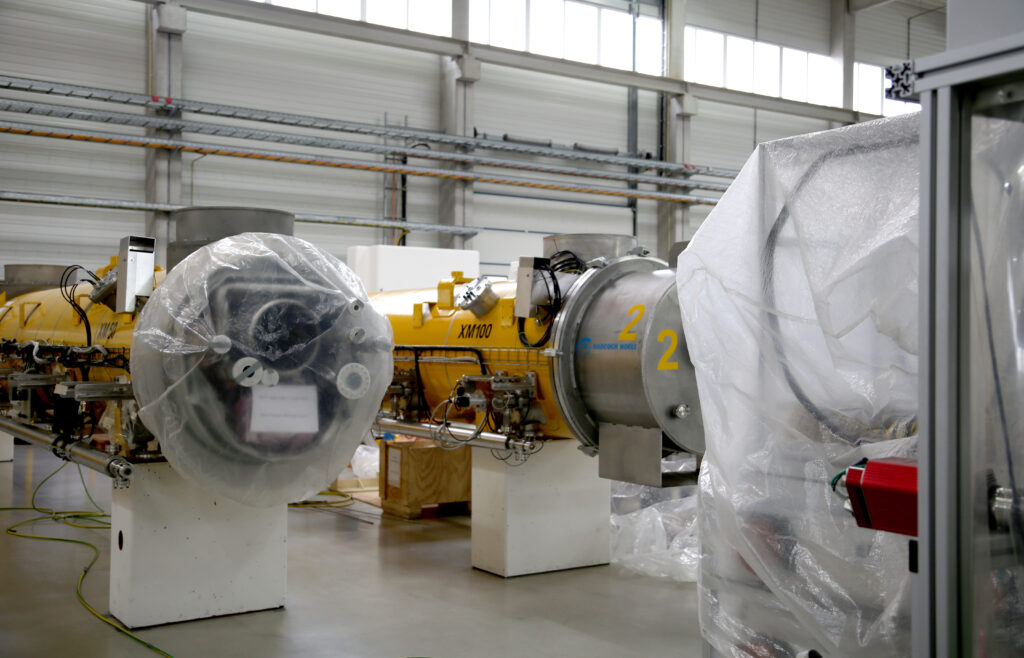
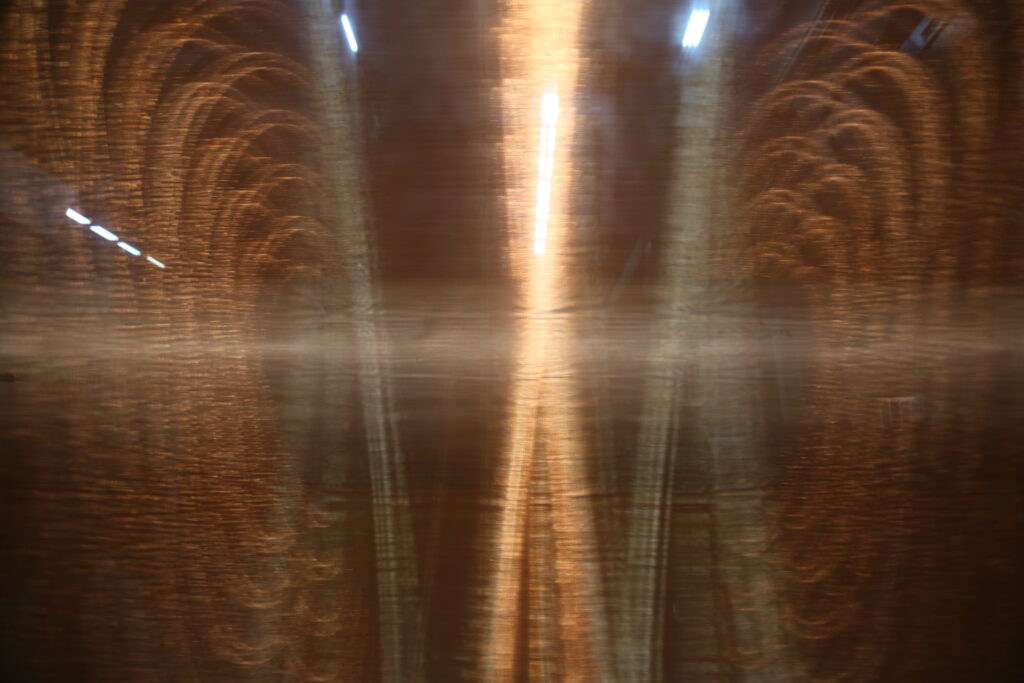
THE TIME PROJECTION CHAMBER (TPC)
»Projections of time ...«
What is the measure of time in a highly accelerated world?
Geological time?
Physical time?
Celestial time, a cosmic rhythm?
Deep time?
Dreamtime?
Times of bodies?
The speed at which light moves through space?
Images per second?
Does time exist if we cannot observe it?
What happens to time when it is projected, mediated?
How can cinematic time distort real time?
Can it create gravity?

»slow living«
While the so-called Anthropocene attempts to grasp the planetary influences of humans from a geological perspective that loses sight of the question of physical temporality and the role of bodies in the history of geology, I wonder what we can learn from stones – which embody deep time – about being in time? And how we can gain gravity and decelerate in an increasingly fast-paced world?

»time is out of joint and presents itself in the pure state. The time-image does not imply the absence of movement (even though it often includes its increased scarcity) but it implies the reversal of the subordination; it is no longer time which is subordinate to movement; it is movement which subordinates itself to time.« (Gilles Deleuze, Cinema 2, p. 271)
Can cinematographic space-time change our gravity, our grounding in accelerated time?
Inspired by Gilles Deleuze's concept of »time-image«, I translate the so-called »real time«, or the measure of our time measurement – the rotation of the earth – in a cinematographic experimental set-up into a geological body that is projected onto a black screen, free of gravity and detached from space. It rotates around its own axis once a day, just like the earth itself. The Earth's rotational speed of 1670 km per hour at the equator and approx. 1000 km per hour at European latitudes cannot, however, be perceived with the naked eye.
In my attempt at a direct representation of time, I move within a media fiction; the projection of the recorded real time automatically throws it further into the past with each screening, with each rotation. Nevertheless, it simultaneously opens up the idea of a time that progresses both linearly and circularly, while moment and eternity are nourished in the supposed standstill of the moving image.
»Dream-images […], they project the sensory-motor situation into infinity, sometimes by ensuring the constant metamorphosis of the situation, sometimes by replacing the action of characters with a movement of the world.« (Gilles Deleuze, Cinema 2, p. 273)

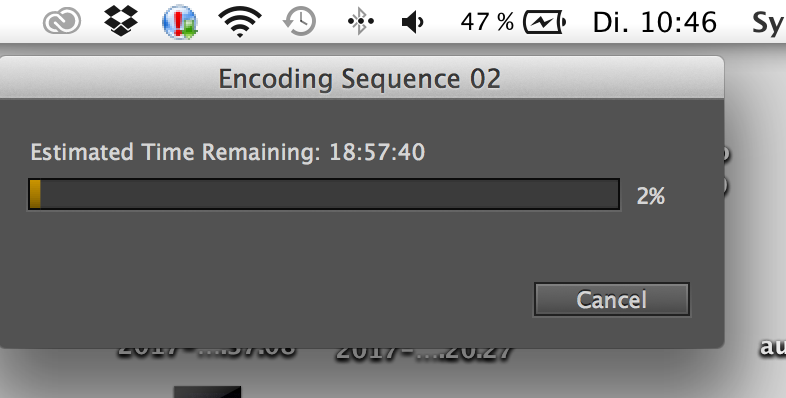

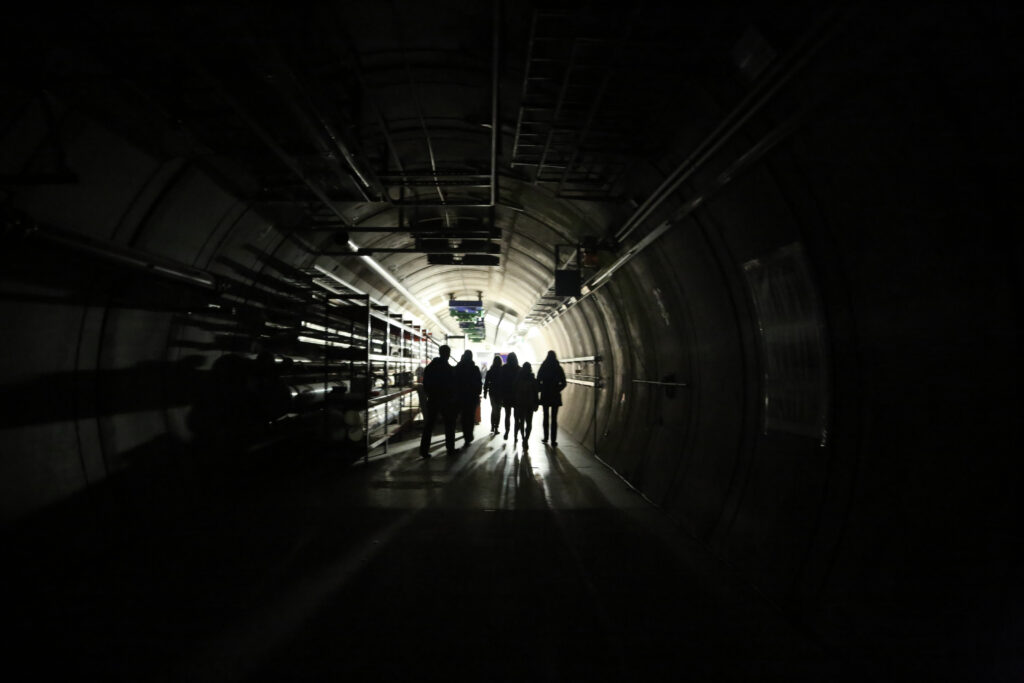
»Dark matter: In a figurative sense, it refers to the unknown, that which lies in the shadows of consciousness and eludes sight and access. An immaterial projection surface that can be everything and nothing, a mystery that simultaneously blocks the imagination and opens up boundless possibilities for the imagination. In the world of allegories and images, the physically induced particle collision can also be understood as an energy-driven post-alchemical »philosopher's stone« that is capable of producing the missing elementary particles instead of gold. The alchemical energies of transformation, which are able to transform phenomena of reality into other states and give form to the imperceptible, are fundamentally inherent in art: it itself functions as an accelerator of an expanded vision that opens up and holds out the prospect of other worlds of thought and imagery.«
(Excerpt from the text »Magic Matter« by Belinda Grace Gardner for »Dark Matter«, 2017)
Special thanks to Dr. Christin Schwanenberger, Marcel Große and the DESY team for supporting the project, as well as to Miya Yoshida and Kerstin Flasche.























